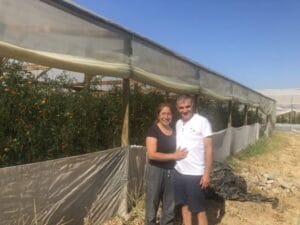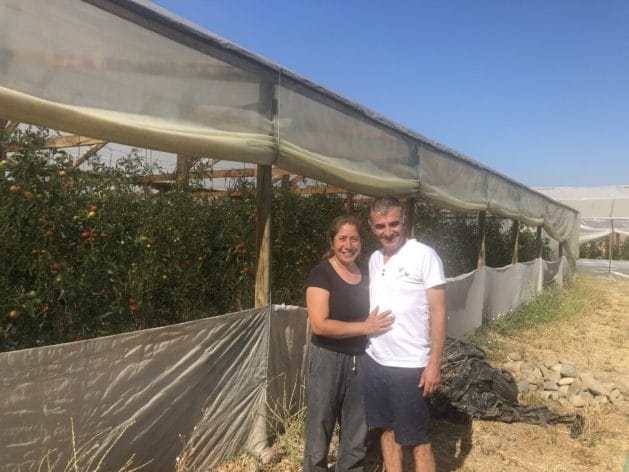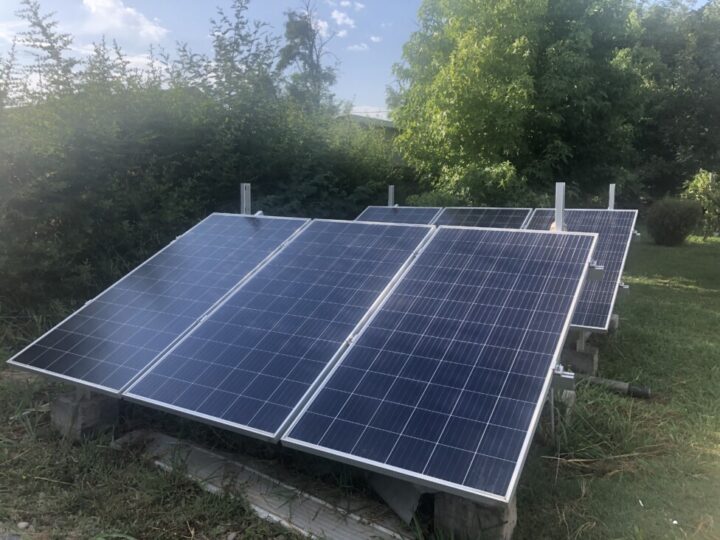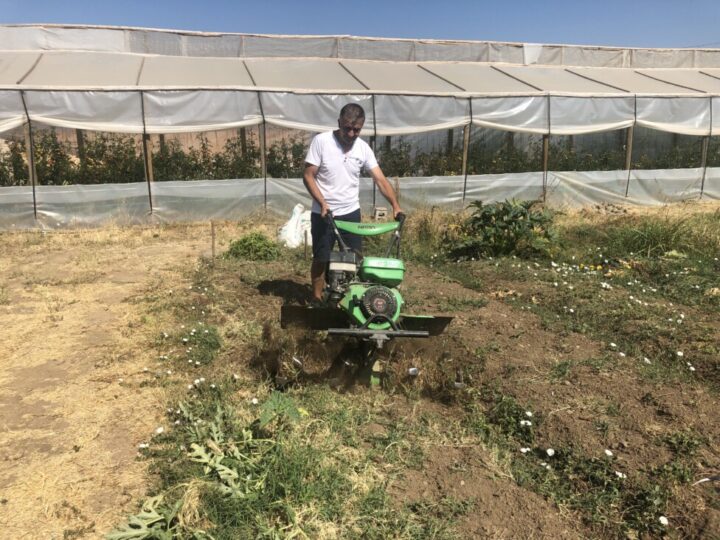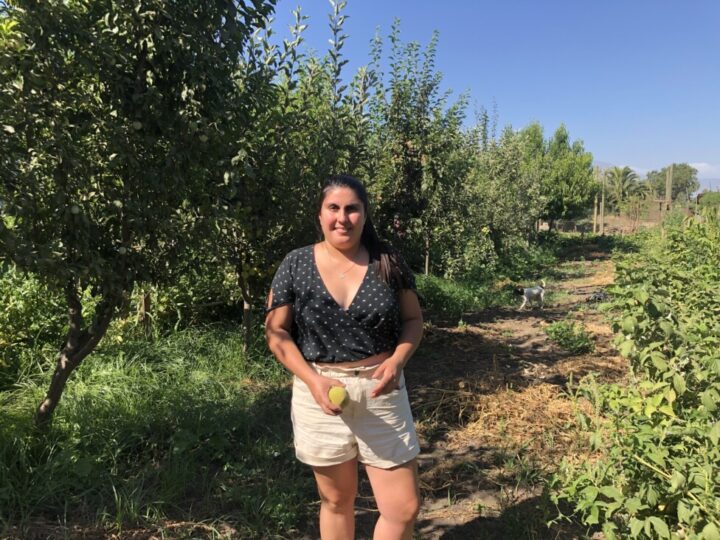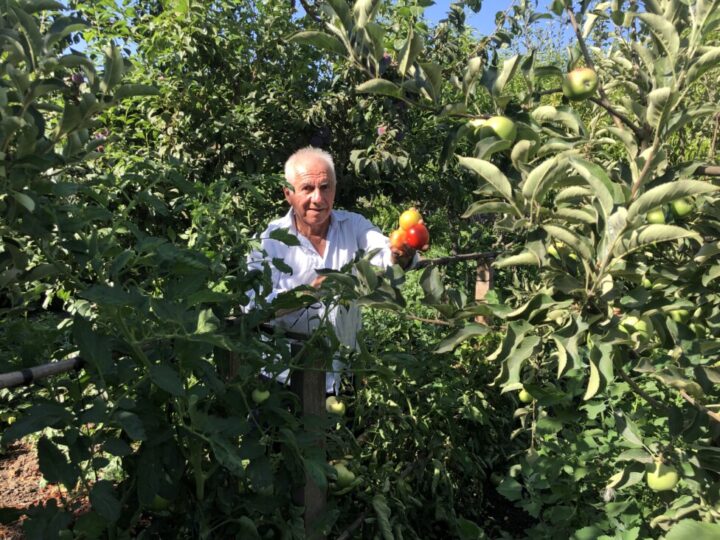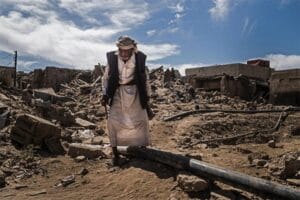
Armed Conflicts, Civil Society, Crime & Justice, Headlines, Human Rights, Middle East & North Africa, Migration & Refugees, TerraViva United Nations
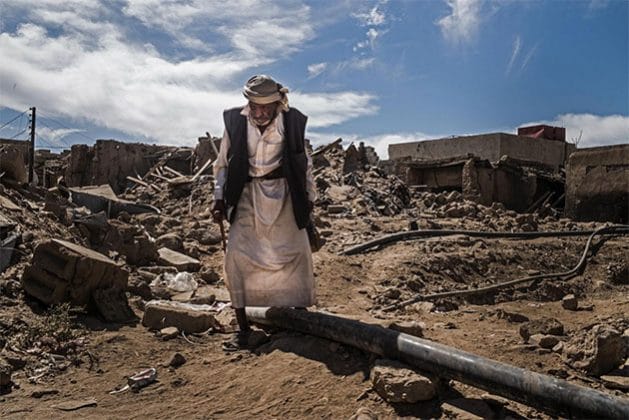
Sa’ada, Yemen. Aftermath of a Saudi airstrikes. Credit: Ghaith Abdul-Ahad
– Two months ago, an opinion piece I wrote, “The Cries of Gaza Reach Afghanistan,” was published with the hope of reminding American and other Western leaders of how quickly wars ON terror descend into wars OF terror because of their disproportionate impact on civilians and the unpredictability once unleashed.
The United States and its Western alliance of ‘forever wars’ since 9/11 were all entered under the pretext of defeating terrorism. Instead, they strengthened the political and military standing of those they aimed to destroy while simultaneously causing unimaginable suffering for millions of civilians, including their own citizens.
According to Brown University’s Cost of War Project and various other independent research groups, a catastrophic 4.5 million direct and indirect deaths are attributed to Western efforts to “defeat terrorism” since 9/11.
If Afghanistan, Iraq, Yemen, Syria, and Libya have taught us anything, it should be this. Today, the Taliban once again rules Afghanistan, and Iraq, after years of sectarian violence resulting from the U.S. invasion has moved closer to the political influence of Iran. In Syria, Bashar al-Assad’s autocratic rule remains firmly in place. The U.S./European NATO-led air war to rid Libya of Muammar Qaddafi and usher in democracy in 2011 was so naively executed that no consideration was paid to how such a reckless, violent endeavor would ultimately trigger a civil war, terrorism, and mass migration. In Yemen, U.S. support for Saudi Arabia’s war against Houthi rebels has led to the deaths of more than 200,000 Yemenis and strengthened the Houthis to the point where, for the “first time in history, a naval blockade is being successfully enacted” by a non-state actor with “no navy and cheap, low-grade technology.”
The same hubris that has blinded the West’s addiction to answering terrorism with war since 9/11 is the same hubris and hypocrisy that fuels its unconditional support for Israel’s war against Hamas today. To be clear, the attacks of Hamas on October 7, like the attacks of Al Qaeda on 9/11, deserve the harshest global condemnation and a proportional, strategic response that respects international law. It does not justify the unconditional support and shielding of Israel’s punitive war on Gaza’s unarmed civilian population, its civilian infrastructure, and its cultural and religious heritage while further risking the lives of the remaining Israeli hostages held by Hamas. Moreover, this war serves no military objective for Israel and offers no strategic benefit for those aiding and abetting Israel’s war from Washington, London, and various EU capitals.
In seeking to wipe out Hamas, all that Israel and its supporters led by the United States are doing is wiping out Gaza. In 100 days, Israel has succeeded in decimating 4 percent of Gaza’s population. Ninety thousand men, women, and children in the Gaza Strip have been killed, seriously injured, or disappeared. 75% of those killed are women and children (Source: Euro-Med Monitor), not Hamas fighters.
If Gaza was called an open-air prison before this war, now it’s an open-air graveyard. A closer look at the 4 percent shows an even bigger tragedy unfolding by the minute. Unchallenged by those who are supplying it with arms and political cover, Israel is targetting Palestinian healthcare workers, humanitarian relief specialists, journalists, artists, poets, civil society activists, and educators, along with their families. As if the killing of Gaza’s children and its brightest wasn’t enough, Israel, through the collaboration of its Western allies, is also obliterating Gaza’s residential and public service infrastructure.
According to a Wall Street Journal satellite imagery survey, “Israel has bombarded and destroyed 70 percent of homes in Gaza.” According to the W.H.O., “none of Gaza’s 36 hospitals are functioning,” and universities, including its primary medical teaching college, have been blown up by the I.D.F. Even places of worship, mosques, and churches, historically places of refuge during times of war, haven’t been spared the wrath of the Israeli-Western assault on Gaza.
Investigations conducted by The Washington Post and Truthout state, “Israel has deployed over 22,000 U.S. produced bombs on Gaza including 2,000-pound ‘bunker bombs’ which experts warn are not meant for densely populated areas as well as white phosphorus produced by munitions manufacturer, the Pine Bluff Arsenal, in the U.S. state of Arkansas (source: Arkansas Times) and supplied to Israel by the U.S. government over the years. Despite massive protests in major U.S. cities calling for a cease-fire, President Biden has bypassed Congress on two occasions to get even more weapons to Israel. The U.K. and Europe, for their part, have also continued to supply key weapons to Israel since the start of the war (Stockholm International Peace Research Institute) despite loud calls from their citizens for an immediate cease-fire.
When asked about these atrocities, the only reply from Israeli, American, British, and European officials is, “Do you condemn Hamas?” The answer should always be yes, but Hamas’s crimes against Israeli citizens on October 7 are not a license for Israel and the West to kill, maim, and displace the entire unarmed civilian population of Gaza. Furthermore, Israel’s reasoning that Hamas is using the civilians of Gaza as human shields and, therefore, justified in deploying any form of military action it deems necessary is not war but a crime against humanity. It’s also a disingenuous argument meant to create a fog of war repeated with criminal negligence by countless U.S., U.K., and European leaders and government officials.
It’s hard to imagine today, but the suffering being inflicted upon two million Palestinians and the remaining 132 Israeli hostages in Gaza, fatefully connected by history, geography, and the tragic events of October 7, will eventually come to an end. Perhaps the historic ruling by the International Criminal Court of Justice (I.C.J.) will prevail, but this could take months. In the meantime, the atrocities being committed on Gazans will intensify, and the plight of the Israeli hostages will enter an even darker, more desperate stage.
The recent ruling of the world’s highest court, while legally binding, doesn’t have the power of enforcement. Furthermore, the court’s order to Israel to “take measures which prevent further harm on Palestinians” without actually ordering a cease-fire fails to take into consideration the entrenched and sick appetite for war that exists between the world’s political elites are not only providing unconditional support for Israel’s war on the civilian population of Gaza, but participating and profiting from it.
According to EuroMed Monitoring, “Since the I.C.J.’s ruling, Israel has maintained its rate of killing in Gaza” with either no or muted reactions from Western leaders. The fury but also the inertia of powerful states, regardless of political governance and persuasion, is virtually impossible to stop once their war machines are set in motion. It’s no different for Israel.
It took the United States twenty years to end its war in Afghanistan and almost ten years in Iraq. It still maintains counter-terrorism operations with Saudi Arabia in Yemen despite the deadly impact on Yemeni civilians. Europe continues its unwavering support for continued war in Ukraine for no reason other than political arrogance. Russia, for its part, despite its upper hand in Ukraine, continues to fight with devastating consequences for both Russians and Ukrainians. So, why should Netanyahu and his war cabinet be counted on to rein in their war in Gaza? Like their militarily powerful peers, Israel’s warmongering has no bounds.
The entire population of Northern Gaza is now internally displaced, forced by Israel to move south towards Rafah on the Egyptian border. Despite the I.C.J.’s ruling, Israel has intensified its ground operation towards Rafah, where hundreds of thousands from the North of Gaza are already taking refuge on the outskirts of the city, living for weeks in a harsh desert landscape. If Israel continues its violent push into Rafah as it has warned Egypt it plans to do, the entire population of Gaza will be trapped in a tiny corner of the desert with no protection and no safe passage out.
Those who survive the daily air strikes are now dying of hunger, disease, and injuries left untreated because of the destruction of Gaza’s health care system. Two million people are now also forced to endure the extreme traumas of trying to survive without any viable shelter, food, clean water and sanitation, electricity, and safe passage while surrounded by constant air and ground bombardment, snipers, drone attacks, the cold and rain of winter and perhaps worse of all the inaction of world leaders who have it in their power to end Israel’s genocidal campaign in Gaza and, now it’s frightening assault on the civilian population of the West Bank, where Hamas isn’t even in power.
Only the United States, specifically President Biden, is uniquely positioned to pressure Israel to respect each of the I.C.J’s rulings. Perhaps, given its reliance on war as an answer to every foreign policy challenge since 9/11, the United States has forgotten it also has something called soft power- something it has sorely neglected the past twenty years.
The easiest way for President Biden to prove that he and the United States are still committed to international law is by announcing his personal support for an immediate cease-fire and showing proof that he’s pressuring Israel to do the same. He will also need to push for a robust and independent humanitarian assistance effort without any interference from Israel at either border crossing into Gaza.
Of course, all of this assumes that President Biden is willing to stop listening to the impenetrable wall of aides and advisors he’s created around himself and start seeing with his own eyes the scale of the suffering and the dire risks of a wider, regional war that is already endangering American lives.
According to a confidential source with extensive U.S. foreign policy experience, the deadly attack on U.S. troops on the border between Jordan and Syria this past week “exhibits how even the projection of U.S. military power serves to fuel conflict rather than mitigate it.” For totally preventable reasons, now the families of these American soldiers can join all the Palestinian and Israeli lives torn apart by the sheer insanity of this preventable war and unfolding humanitarian disaster.
Above all, President Biden needs to start hearing the calls of his fellow citizens, including the many thousands of Jewish Americans, who are demanding that their taxes and their nation not be used to wage yet another senseless war in their names. A failure to do so will have unimaginable consequences not just for Israelis and Palestinians but for the world.
IPS UN Bureau

